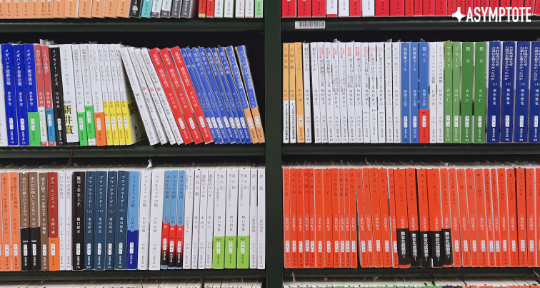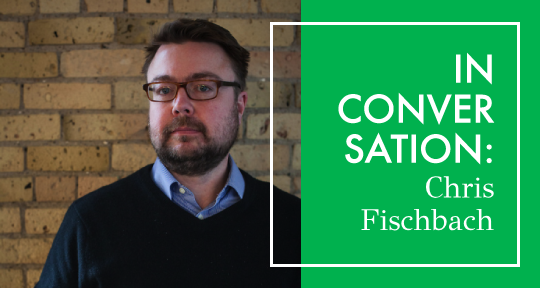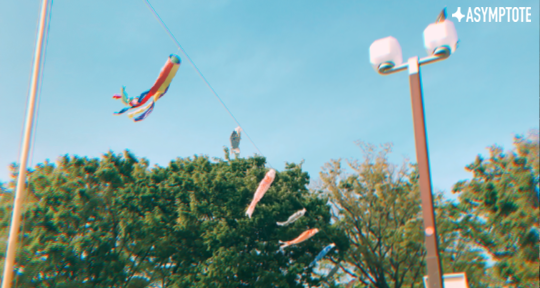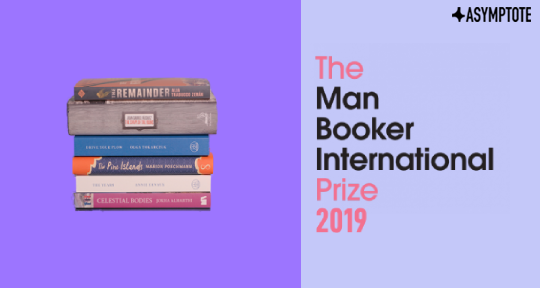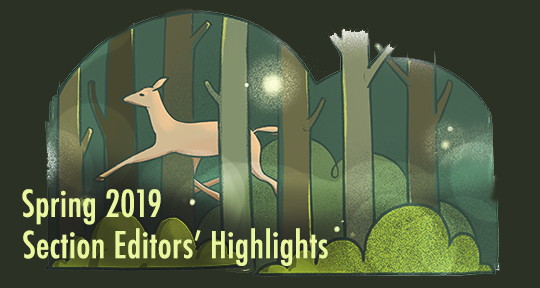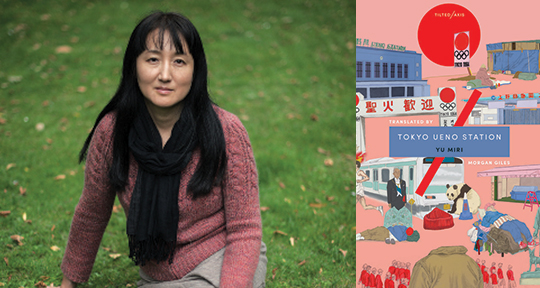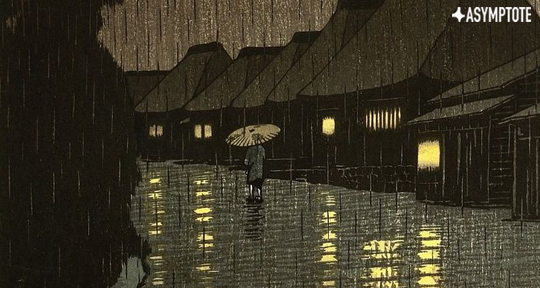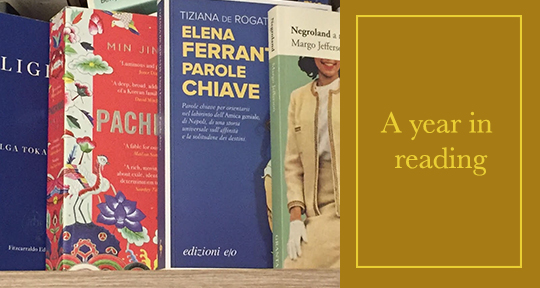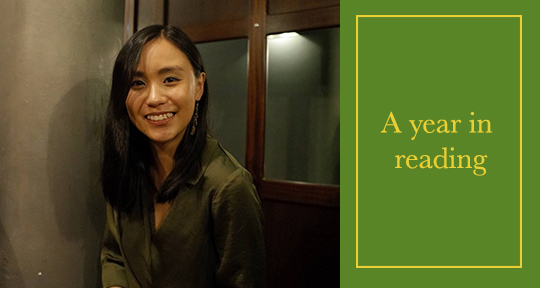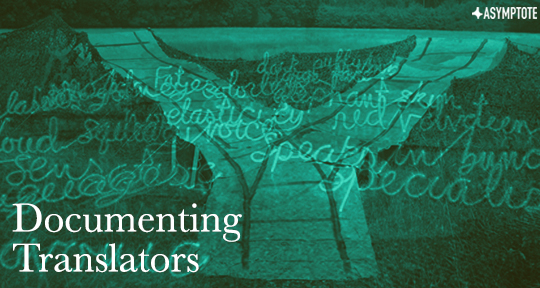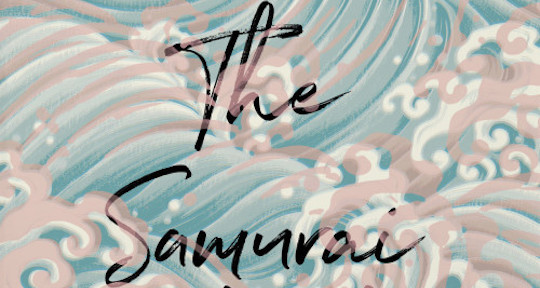Educator’s Guides are published alongside each issue of Asymptote and include detailed lesson plans that can be used with students of literature, language, or writing. The Asymptote website has additional audiovisual materials, translator and author bios, and works in the original language, making it a valuable educational resource. The most recent issue of the Educator’s Guide can be found on the Asymptote for Educators page.
This article describes the lesson plan Language in Transit: Understanding Ethnographic Poetry from the Asymptote Summer 2018 Educator’s Guide. The piece, from House to House, consists of two poems, “House to House” and “Barjeel,” both of which were written and translated by Shamma Al Bastaki. These poems are part of her undergraduate senior project based on interviews she conducted with people living in the United Arab Emirates. Although she has translated the poems into English, some words or phrases are transliterated, while others are left untranslated and remain in the original languages. From the translator’s note, we discover more about the role of language in the piece:
. . . it is a project about language: language in translation, language as bearer of meaning and medium for story telling, language as a catalyzer of communion and communication, language as sound and a series of phonetics, and language as physical material, existent for its own sake.

